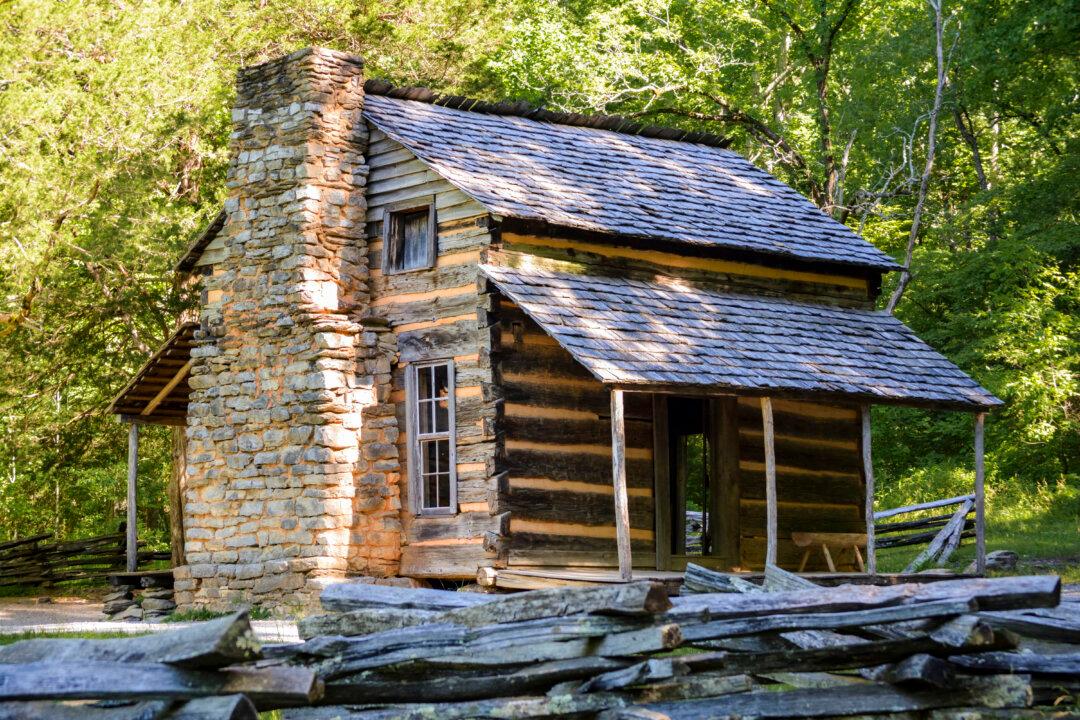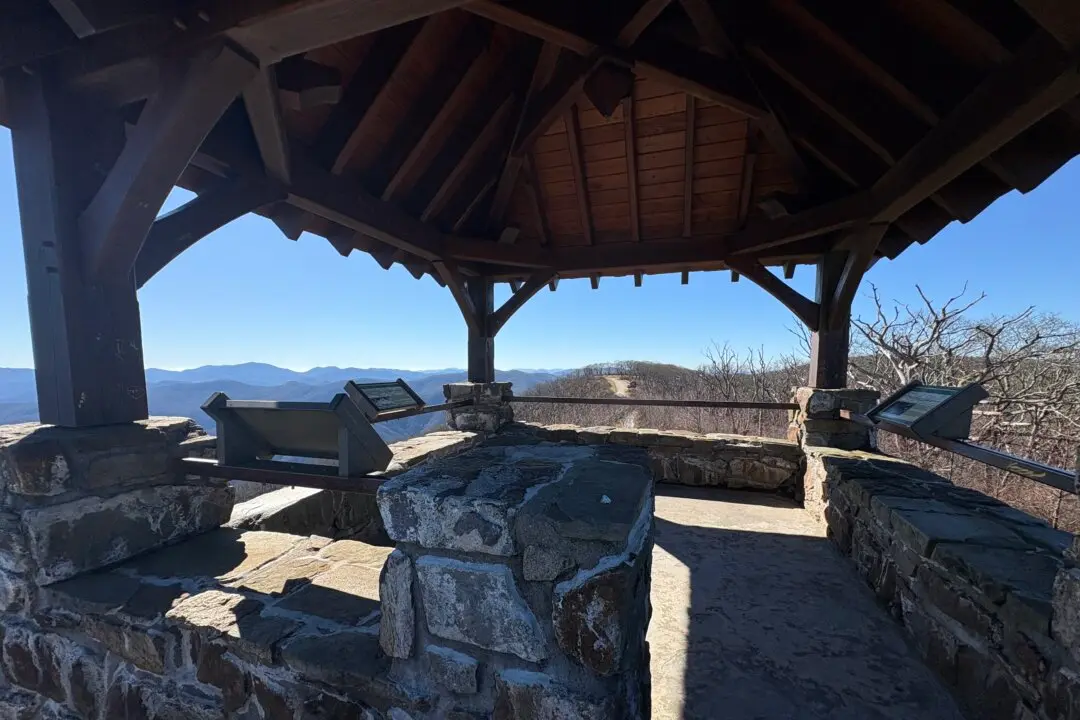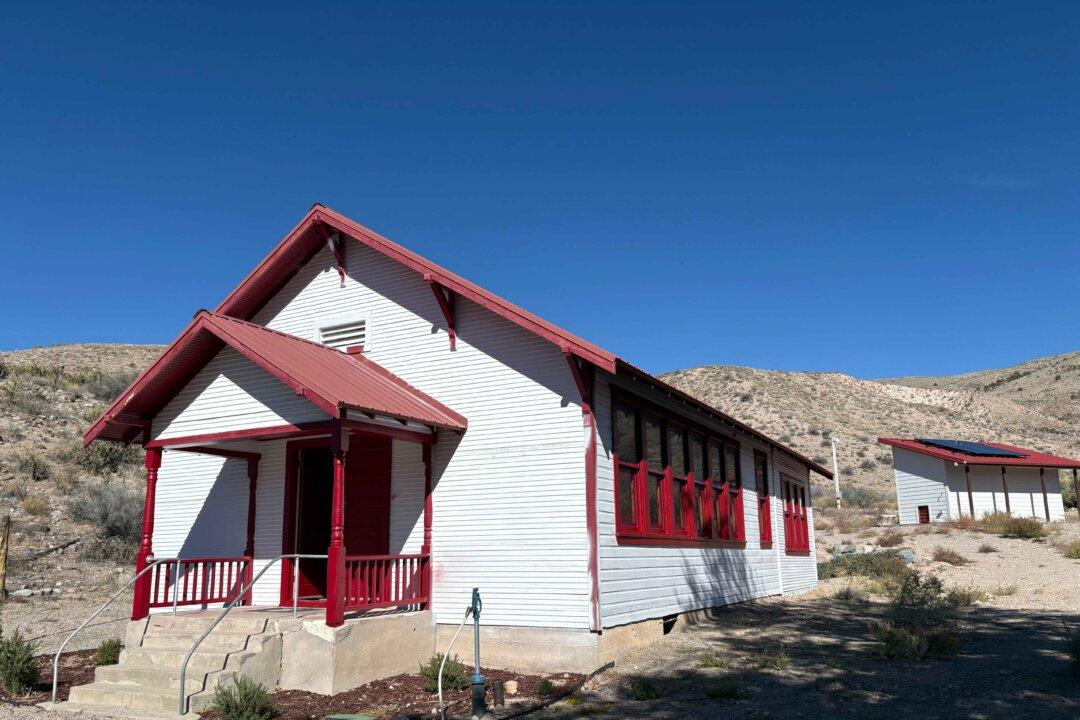In 1940, President Franklin D. Roosevelt dedicated the 816 square miles of the Great Smoky Mountains National Park, encompassing portions of both North Carolina and Tennessee. Its mountains range in height from 876 to 6,643 feet and it’s replete with rock cliffs, deep gaps, rocky streams, and dense forests. But tucked in the far western corner of the park, near the small town of Townsend, Tennessee, is Cades Cove.
The 6,800-acre valley is geologically unique for the area because of its limestone window, meaning that weathered limestone resulted in deep, fertile soil. A true valley of lush meadows surrounded by forests and protected by a mountain ring, Cades Cove became a haven for close to 700 settlers during the 1800s and early 1900s.





